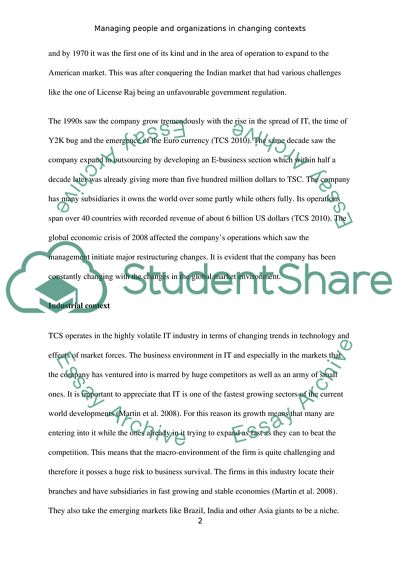Cite this document
(“( HUMAN RESOURCE MANAGEMENT) ;Managing people and organizations in Essay”, n.d.)
( HUMAN RESOURCE MANAGEMENT) ;Managing people and organizations in Essay. Retrieved from https://studentshare.org/miscellaneous/1568781-human-resource-management-managing-people-and-organizations-in-changing-contexts
( HUMAN RESOURCE MANAGEMENT) ;Managing people and organizations in Essay. Retrieved from https://studentshare.org/miscellaneous/1568781-human-resource-management-managing-people-and-organizations-in-changing-contexts
(( HUMAN RESOURCE MANAGEMENT) ;Managing People and Organizations in Essay)
( HUMAN RESOURCE MANAGEMENT) ;Managing People and Organizations in Essay. https://studentshare.org/miscellaneous/1568781-human-resource-management-managing-people-and-organizations-in-changing-contexts.
( HUMAN RESOURCE MANAGEMENT) ;Managing People and Organizations in Essay. https://studentshare.org/miscellaneous/1568781-human-resource-management-managing-people-and-organizations-in-changing-contexts.
“( HUMAN RESOURCE MANAGEMENT) ;Managing People and Organizations in Essay”, n.d. https://studentshare.org/miscellaneous/1568781-human-resource-management-managing-people-and-organizations-in-changing-contexts.


